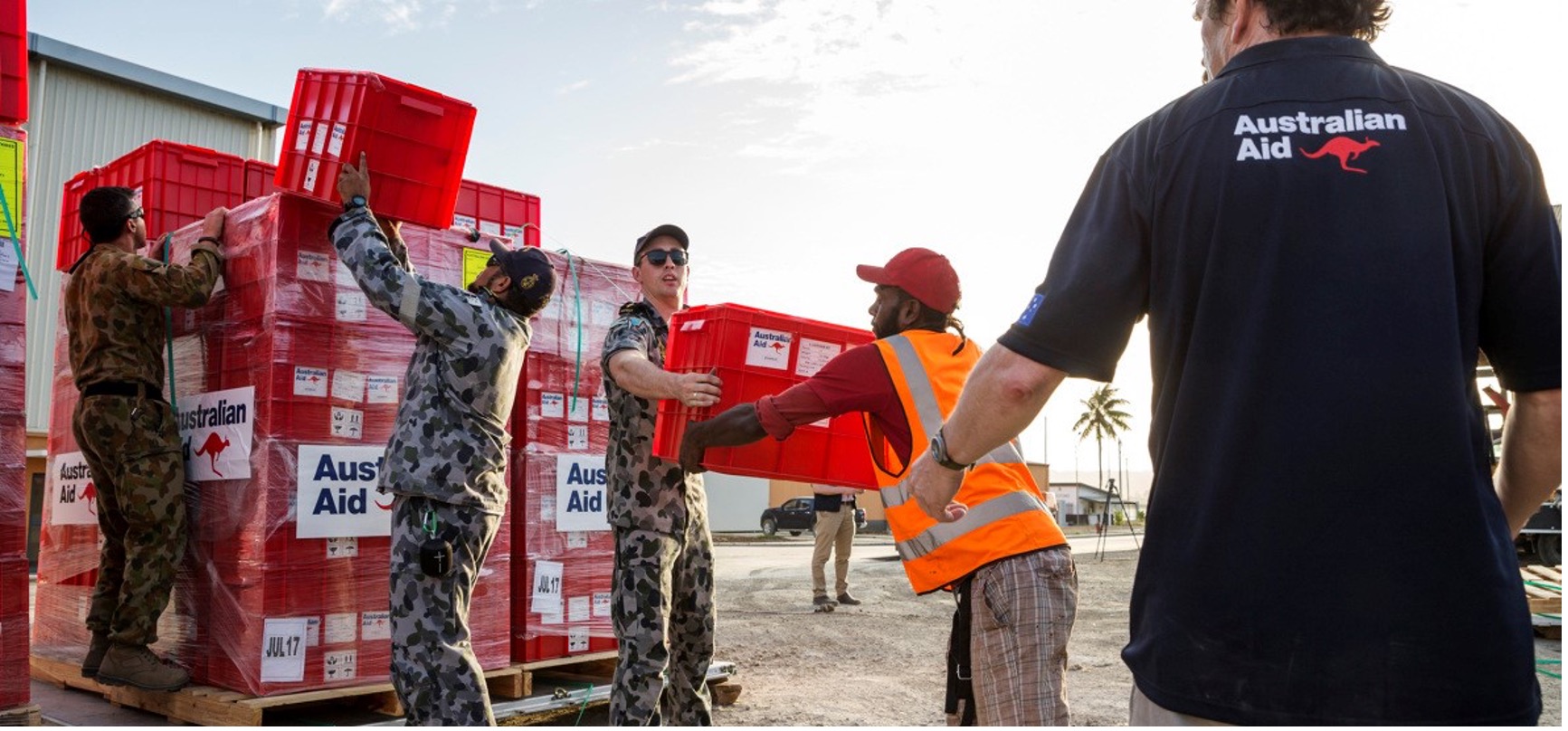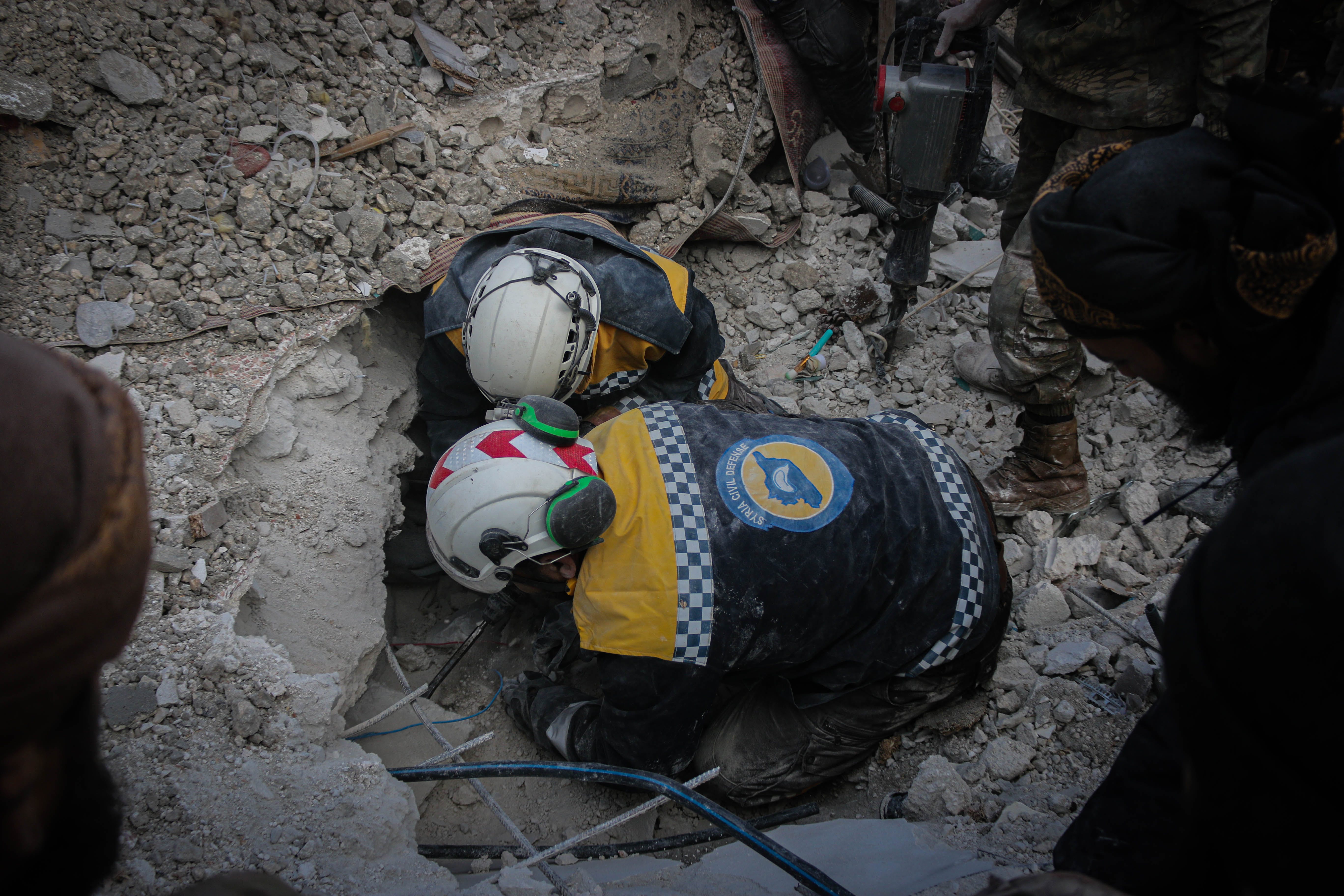Since 2015, the war in Yemen has seen the country deteriorate to a level described by the UN as the world’s worst humanitarian crisis, with interacting armed conflict, famine, multiple epidemics and economic fragmentation.
Save the Children estimate that 85,000 children have died of malnourishment between 2015 and 2018; while the latest OCHA report determines a staggering 66% (20.7 million) of the population require some form of humanitarian assistance, 12.1 million of whom are in acute need. Humanitarian agencies seek to mitigate the human impacts of such crises, but – as the conflict in Yemen starkly illustrates – they are often caught in the inherent disparity between their own humanitarian objectives and the priorities of the biggest aid donors, which in the case of Yemen not only fail to reach a solution to conflict, but exacerbate the humanitarian situation.
Yemen’s war stems from a complex history, shaped significantly by unification in 1990, the events of the Arab Spring, and the more recent uprising of the Shia Houthi group in protest against the Sunni Government they felt discriminated against them. These protests escalated into all-out war in 2015, which precipitated the involvement of external actors. Saudi Arabia, leading a coalition of predominantly Sunni nations, aims to protect the internationally-recognised government of Yemen, and restrict Shia political and military power from flourishing on its borders, while Iran and Hezbollah fund and supply weapons to the Houthis.
In addition to the regional Sunni-Shia proxy war, the political dynamics in Yemen are inherently shaped by the global arms trade which profits from sales to conflict zones, thus producing a stalemate in efforts to address humanitarian concerns. Globally, the Stockholm International Peace Research Institute (SIPRI) estimates the value of the global arms trade to have been US$95 billion in 2017, with the Middle East constituting the industry’s largest market: these are significant interests.

In this context, the humanitarian approach is undermined by top donor states who are also complicit in fuelling the crisis. The UN received nearly US$1 billion from Saudi Arabia and the United Arab Emirates (UAE), despite both actors spearheading the coalition accused of war crimes in Yemen. These alleged war crimes include constructing a naval and air blockade, thus restricting the delivery of food and aid to the country, as well as carrying out airstrikes on civilian targets; including the bombing of a school bus killing at least 40 children.
Beyond parties to the conflict, other top donors to humanitarian assistance in Yemen are also complicit in fuelling the humanitarian crisis. Both the US and UK continue to engage in arms trade with the coalition while supporting relief efforts intended to mitigate the human impacts of war. The US recently announced a commitment of US$191 million in funding towards humanitarian assistance in Yemen; contributing to a total of US$3.4 billion since the commencement of the conflict. Yet between 2015 and 2020, the US facilitated arms deals with Saudi-Arabia worth up to US$64.1 billion, while arms sales from the UK to Saudi-Arabia since 2015 have amounted to US$9.3 billion. In addition, the UK has been one of the largest donors of aid to Yemen, delivering £214 million in 2020, and over £1 billion since 2015; yet arms sales from the UK to Saudi-Arabia since 2015 have amounted to £6.8 billion.
Australia is also among those supplying arms to the coalition. In 2020, the Guardian obtained heavily redacted documents detailing the Australian Government’s granting of 23 permits for the export of arms to Saudi Arabia, and 45 to the UAE during 2018-19. By 2020, an additional 14 permits were granted; leading Australia’s arms export industry to value nearly AU$5.5 billion, while the government’s 2018 Export Strategy paper specifically highlights the Middle East as a defence exports market opportunity. This deliberate targeting of conflict zones for economic growth illustrates the bleak reality of the inherent disparity between state actor priorities, and the objectives of humanitarian agencies in mitigating human suffering.
The United Nations have continuously called for governments to cease arms sales to the coalition, stating “the international community has a legal and moral duty to react robustly to the increasingly horrific levels of civilian casualties in Yemen”. Despite little action occurring as a result, the inauguration of the Biden Administration into office has offered some glimmers of hope for Yemen, with the announcement to suspend the sale of offensive weapons to Saudi Arabia, and lifting the terrorist designation of the Houthis applied by then the US president Trump. Trump’s decision was believed to have damaged any prospect for diplomatic engagement, which according to the World Food Programme Director David Beasley, would have been a “death sentence to hundreds of thousands, if not millions” of Yemenis.
In similarity to the conflict in Syria, responding to the Yemen war is beyond the capabilities of the humanitarian sector alone. The crisis in Yemen demonstrates the need for a new approach from the international community. Behind the complexity of Sunni-Shia proxy wars, and multi-billion dollar arms industries which shape the context in Yemen, the Yemeni people are experiencing unimaginable suffering. The neglect of humanity and impartiality from the international community has inevitably continued and exacerbated the situation in Yemen. It is imperative that the international community does not abandon Yemen; it must reassess its priorities, from arms sales; to applying sanctions and arms embargoes on complicit parties, and increase funding and support to humanitarian actors both international and local. Yemen cannot wait forever.
Photo credits: huseyintuncer and Alisdare Hickson






